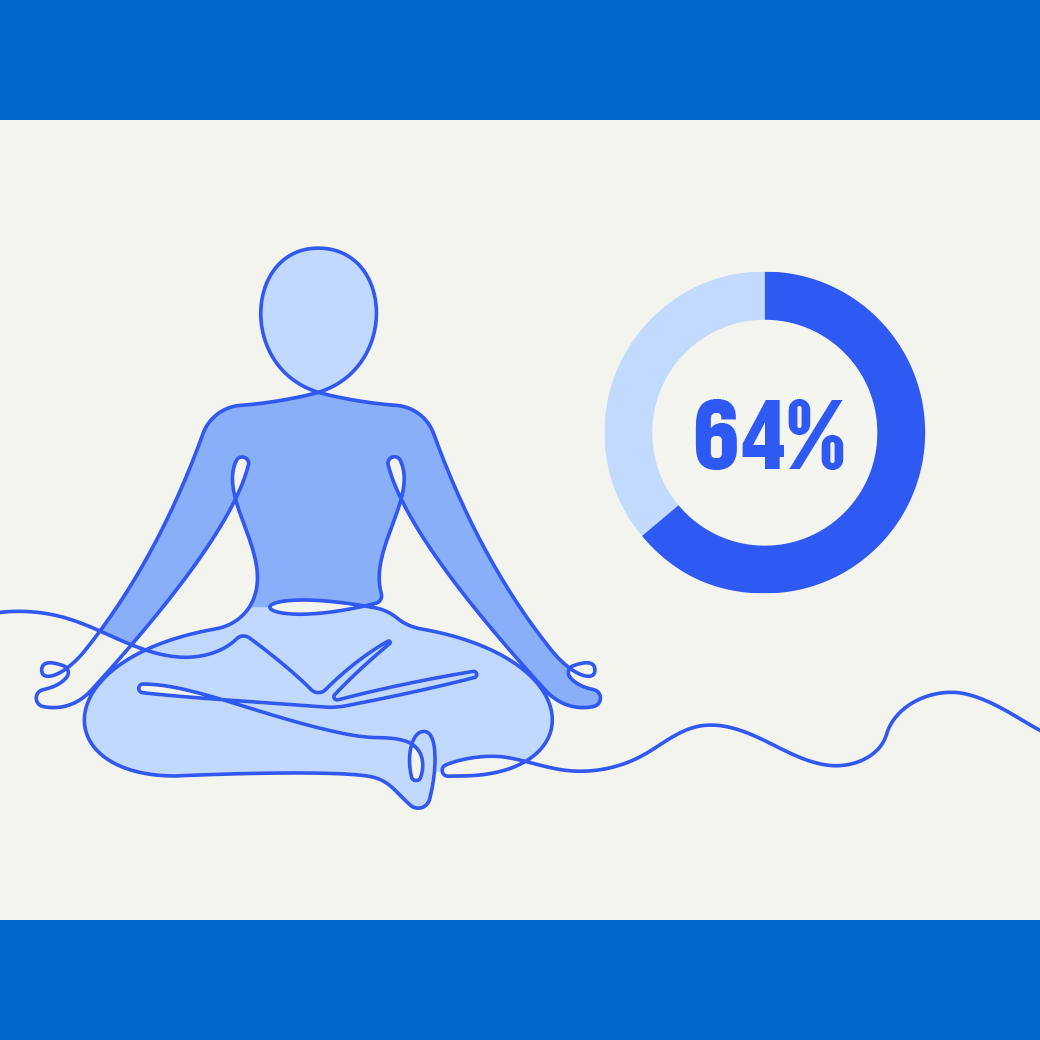This report examines how employers can tailor benefits to support employees throughout different life stages as the global workforce ages, with the number of people 65 and older expected to double from 830 million today to 1.7 billion by 2054.
Summary
This GCOA and TIAA Institute brief provides an overview of global best practices for employee benefits that employers can utilize to increase employee wellness and attract and retain talented employees across different life stages. The research highlights six distinct life stages—young adulthood, parenting, caregiving, divorce or widowhood, retirement, and legacy—each requiring tailored benefits to meet employees' unique needs. With 50% of employees worldwide looking for new jobs and 70% willing to switch for better benefits, employers who take a collaborative approach to create holistic benefit offerings stand to reduce turnover while boosting morale and productivity.
Key Insights
- Financial planning is an important benefit across all life stages, though specific needs differ from student loan assistance for young adults to retirement income planning for older workers.
- Benefits that consider gender differences are increasingly important, particularly for women experiencing life transitions like childbirth or menopause.
- Flexibility is the overarching recommendation for employers, allowing employees autonomy to manage the unique challenges of each life stage.
- Companies offering life stage-appropriate benefits report higher employee satisfaction, improved retention rates, and increased productivity.
- Many global employers are adopting "personal choice budgets" that allow employees to select benefits that best fit their personal needs at different life stages.



